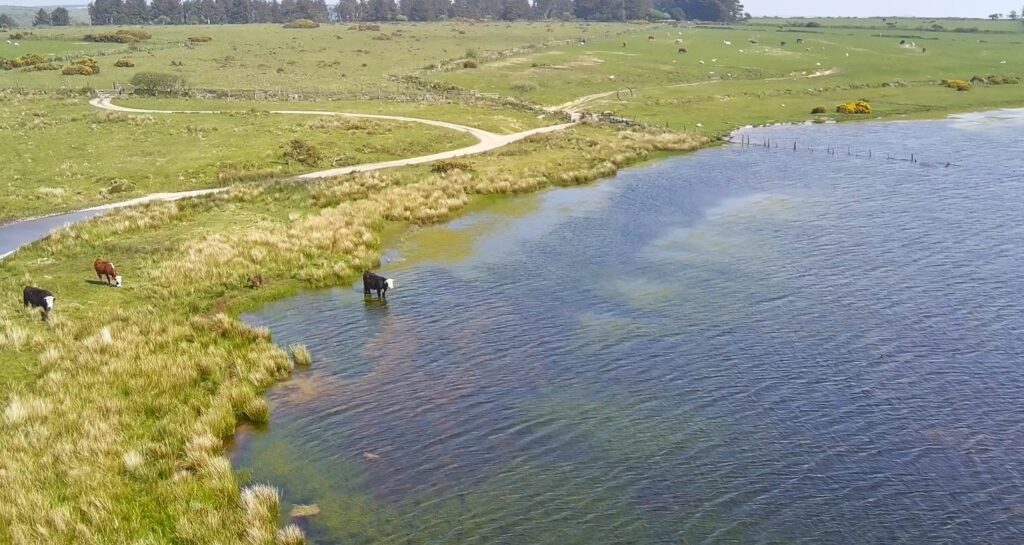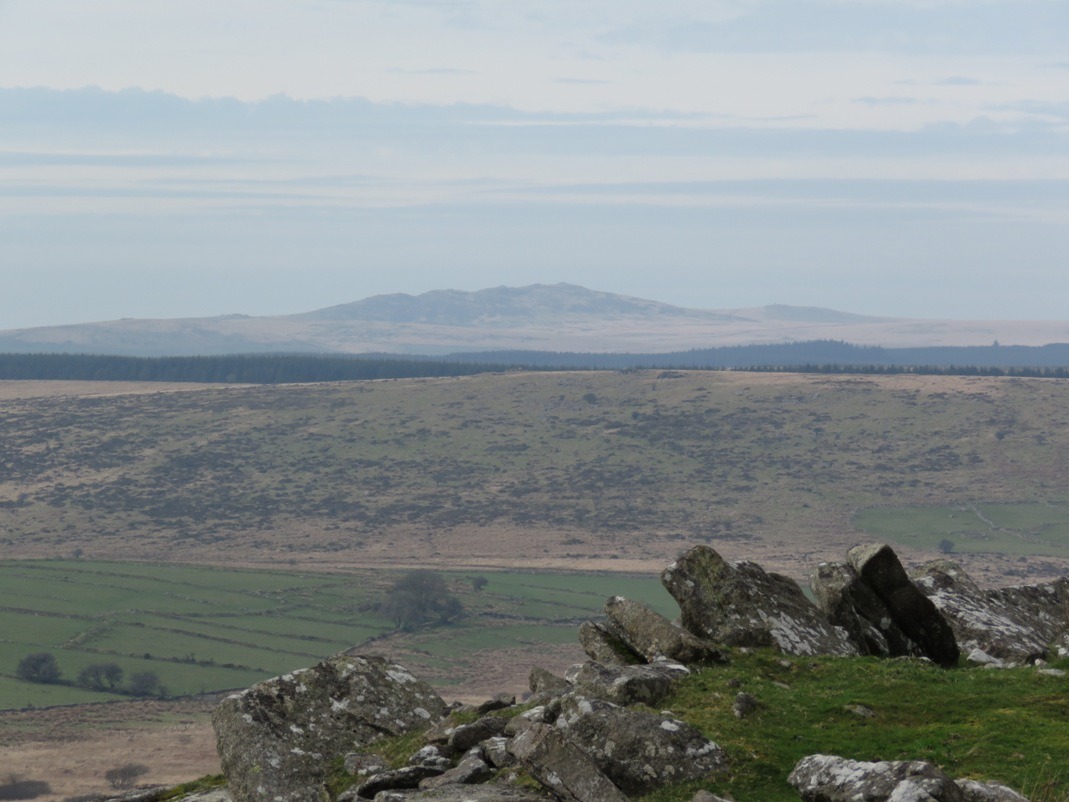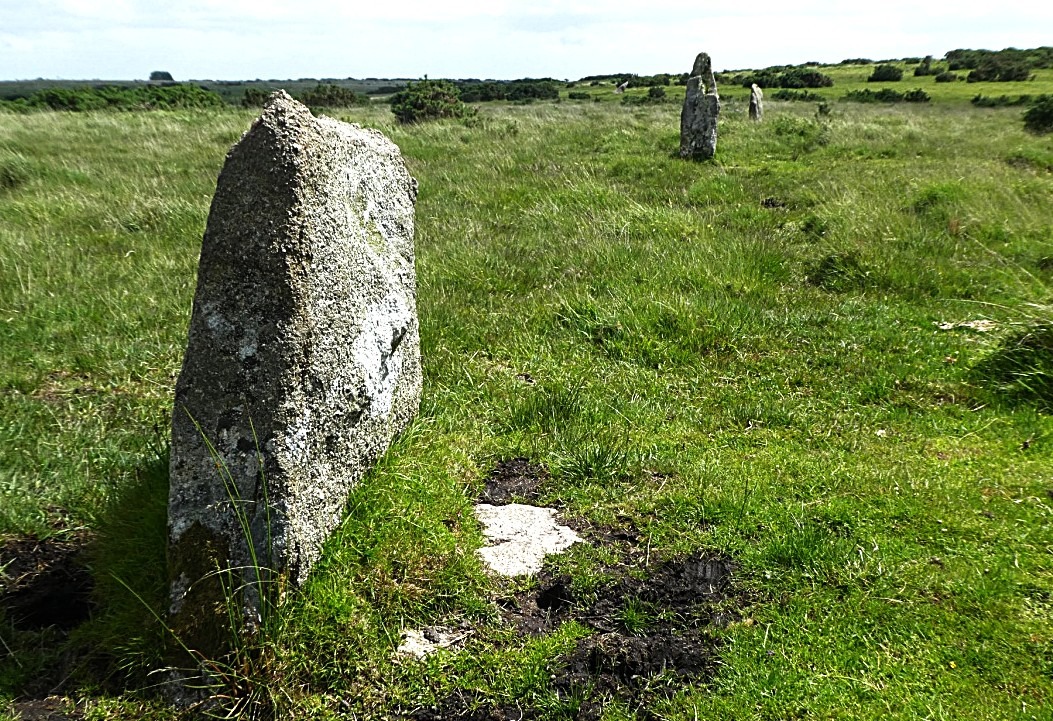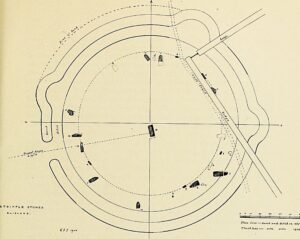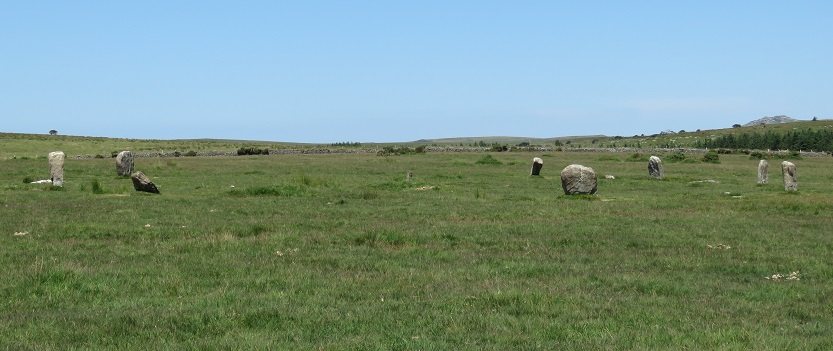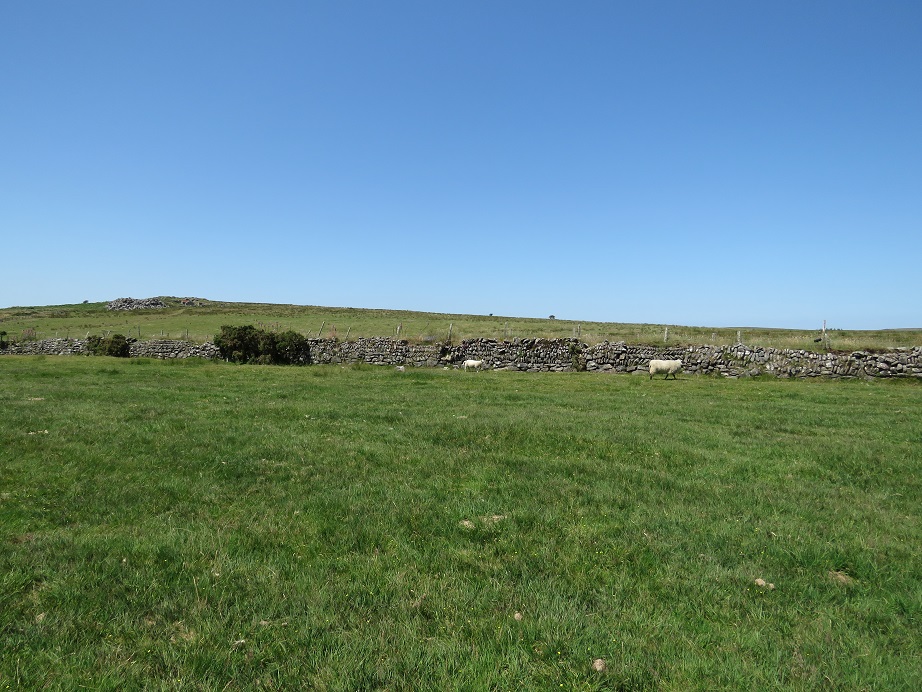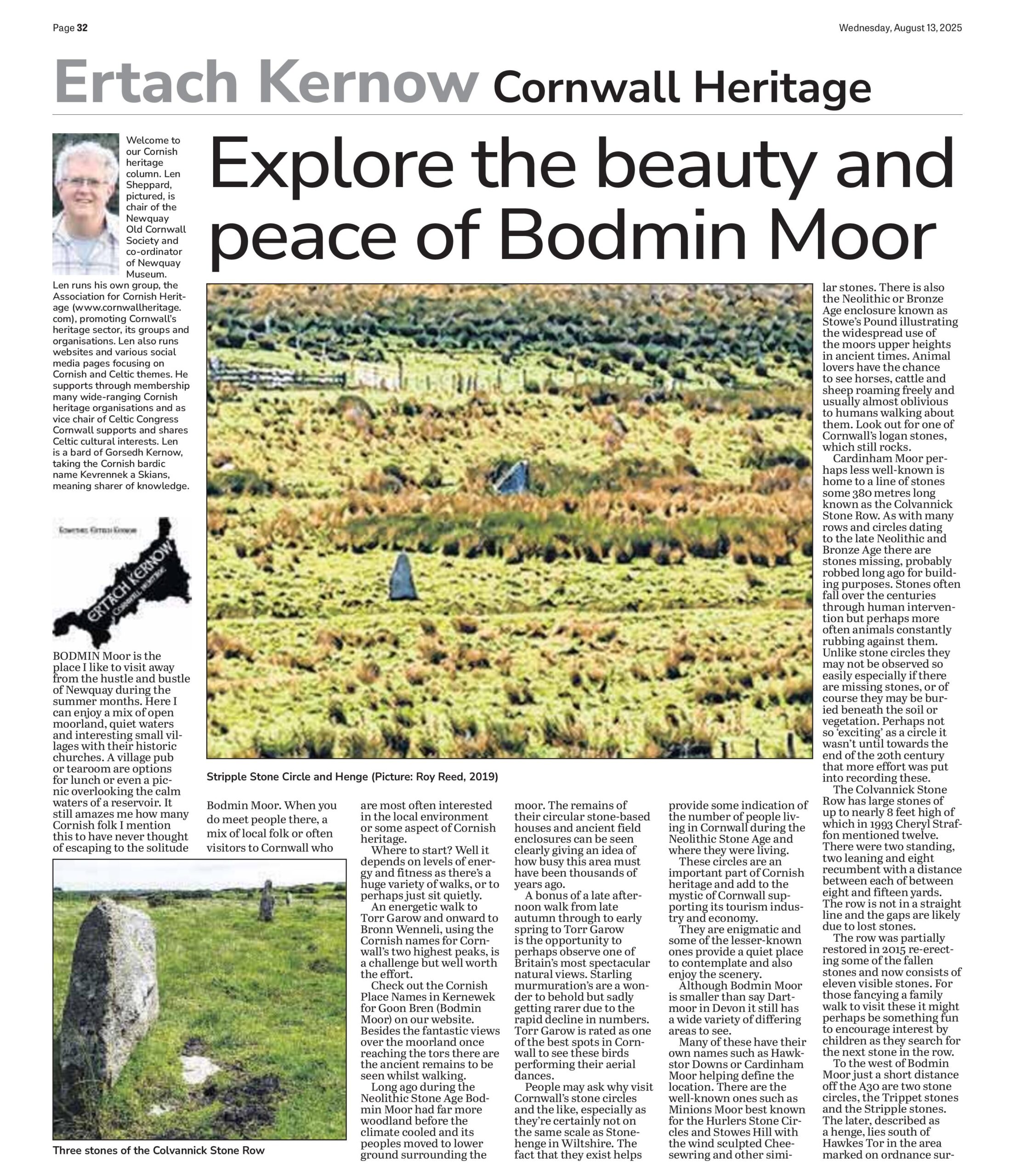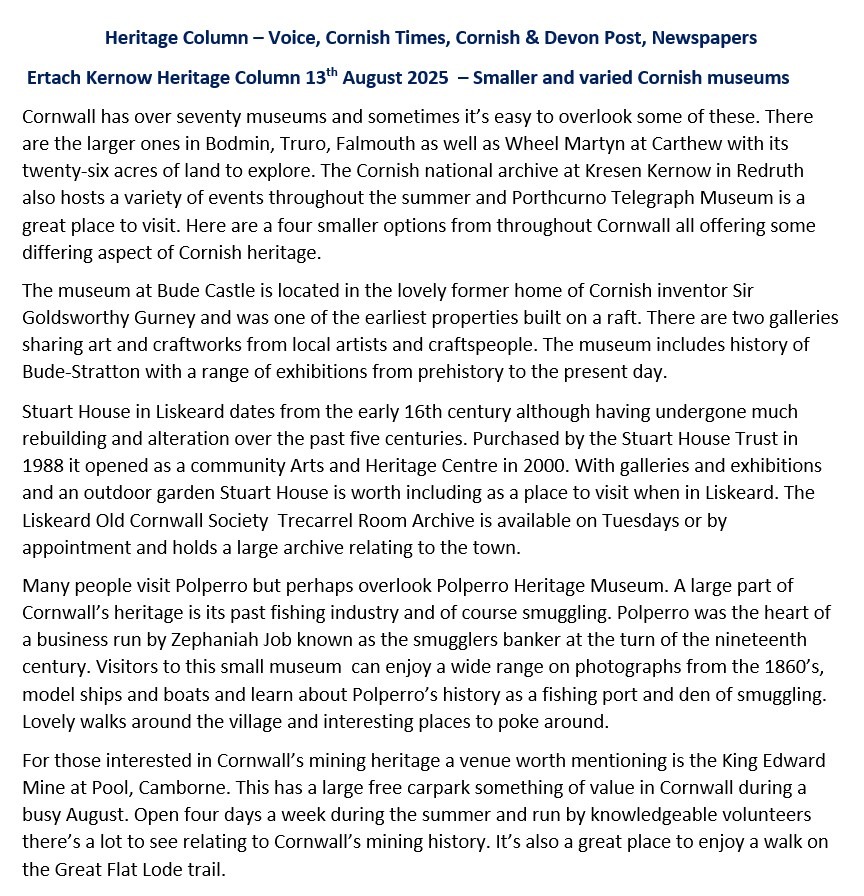Ertach Kernow - Explore the beauty and peace of Bodmin Moor
Bodmin Moor is the place I like to visit away from the hustle and bustle of Newquay during the summer months. Here I can enjoy a mix of open moorland, quiet waters and interesting small villages with their historic churches. A village pub or tearoom are options for lunch or even a picnic overlooking the calm waters of a reservoir. It still amazes me how many Cornish folk I mention this to have never thought of escaping to the solitude Bodmin Moor. When you do meet people there, a mix of local folk or often visitors to Cornwall who are most often interested in the local environment or some aspect of Cornish heritage.
Where to start? Well it depends on levels of energy and fitness as there’s a huge variety of walks, or to perhaps just sit quietly. An energetic walk to Torr Garow and onward to Bronn Wenneli, using the Cornish names for Cornwall’s two highest peaks, is a challenge but well worth the effort. Check out the Cornish Place Names in Kernewek for Goon Bren (Bodmin Moor) on our website. Besides the fantastic views over the moorland once reaching the tors there are the ancient remains to be seen whilst walking. Long ago during the Neolithic Stone Age Bodmin Moor had far more woodland before the climate cooled and its peoples moved to lower ground surrounding the moor. The remains of their circular stone-based houses and ancient field enclosures can be seen clearly giving an idea of how busy this area must have been thousands of years ago.
A bonus of a late afternoon walk from late autumn through to early spring to Torr Garow is the opportunity to perhaps observe one of Britain’s most spectacular natural views. Starling murmuration’s are a wonder to behold but sadly getting rarer due to the rapid decline in numbers. Torr Garow is rated as one of the best spots in Cornwall to see these birds performing their aerial dances.
Thank you for reading the online version of the Ertach Kernow weekly articles. These take some 12 hours each week to research, write and then upload to the website, and is unpaid. It would be most appreciated if you would take just a couple of minutes to complete the online survey marking five years of writing these weekly articles. Many thanks.
Click the link for survey: Ertach Kernow fifth anniversary survey link
As always click the images for larger view
People may ask why visit Cornwall’s stone circles and the like, especially as they’re certainly not on the same scale as Stonehenge in Wiltshire. The fact that they exist helps provide some indication of the number of people living in Cornwall during the Neolithic Stone Age and where they were living. These circles are an important part of Cornish heritage and add to the mystic of Cornwall supporting its tourism industry and economy. They are enigmatic and some of the lesser-known ones provide a quiet place to contemplate and also enjoy the scenery.
Although Bodmin Moor is smaller than say Dartmoor in Devon it still has a wide variety of differing areas to see. Many of these have their own names such as Hawkstor Downs or Cardinham Moor helping define the location. There are the well-known ones such as Minions Moor best known for the Hurlers Stone Circles and Stowes Hill with the wind sculpted Cheesewring and other similar stones. There is also the Neolithic or Bronze Age enclosure known as Stowe’s Pound illustrating the widespread use of the moors upper heights in ancient times. Animal lovers have the chance to see horses, cattle and sheep roaming freely and usually almost oblivious to humans walking about them. Look out for one of Cornwall’s logan stones, which still rocks.
Cardinham Moor perhaps less well-known is home to a line of stones some 380 metres long known as the Colvannick Stone Row. As with many rows and circles dating to the late Neolithic and Bronze Age there are stones missing, probably robbed long ago for building purposes. Stones often fall over the centuries through human intervention but perhaps more often animals constantly rubbing against them. Unlike stone circles they may not be observed so easily especially if there are missing stones, or of course they may be buried beneath the soil or vegetation. Perhaps not so ‘exciting’ as a circle it wasn’t until towards the end of the 20th century that more effort was put into recording these. The Colvannick Stone Row has large stones of up to nearly 8 feet high of which in 1993 Cheryl Straffon mentioned twelve. There were two standing, two leaning and eight recumbent with a distance between each of between eight and fifteen yards. The row is not in a straight line and the gaps are likely due to lost stones. The row was partially restored in 2015 re-erecting some of the fallen stones and now consists of eleven visible stones. For those fancying a family walk to visit these it might perhaps be something fun to encourage interest by children as they search for the next stone in the row.
To the west of Bodmin Moor just a short distance off the A30 are two stone circles, the Trippet stones and the Stripple stones. The later, described as a henge, lies south of Hawkes Tor in the area marked on ordnance survey maps as Hawkstor Downs. The Stripple stones are perhaps not the best-known stone circles to the public in general but were described by antiquarian and archaeologist the Reverend William Lukis as ‘the most interesting and remarkable monument in the county’. This was included in the Prehistoric Stone Monuments of the British Isles: Cornwall drawn to scale by Lukis and William Copeland Borlase in 1885. This stone circle was known in the time of Elizabeth I but surprisingly wasn’t mentioned by well-known writers Richard Carew (1602) Dr William Borlase (1755) or the Lysons brothers Magna Britannia (Cornwall, 1814 ).
The esteemed British archaeologist Harold St. George Gray excavated the Stripple stones in 1905 and wrote extensively about them and other circles in east Cornwall. Many of the twenty-eight stones had fallen but eleven have now be re-erected with four still recumbent. It is the surrounding ditch making this site a henge that makes this a rarity in Cornwall. Although this is on private land arrangements have been made so the stones can be visited. The henge has a diameter of 244 feet with a fifteen-foot entrance facing towards the Trippet Stone Circle. A central pillar at twelve feet high lies in the centre of the stone circle.
Just over half a mile away lies the Trippet stones circle with a diameter of 104.6 feet. Eight of the stones remain upright with four fallen and Lukis estimated that up to twenty-six had been lost over the centuries. With squatter stones and no henge this is perhaps less interesting than its close neighbour. Its closeness though does offer an opportunity to visit and it is very close to a road for access and parking.
An observation from Harold Gray in the early 20th century is worth sharing. ‘A glance at the one-inch Ordnance Sheet shows (1) that Rough Tor is due N. of the Stripple Stones and that Garrow Tor and the Fernacre circle fall in the same line precisely; and (2) that a line connecting the Stripple Stones with the Leaze circle and extended in a N.W. direction passes only 3 degrees on the E. side of the Stannon circle. The remains of hut- circles abound in the vicinity of the Stripple Stones and the four neighbouring circles also’. As an aside for those folk interested in Cornwall’s stone hedges, there are some nice examples in the area of the type of construction found in this part of Cornwall.
As mentioned many times in these articles besides the larger reservoirs these is the mysterious Dozmary Pool to visit. A source of many legends it’s a lovely place to sit and rarely many people seen there. The walk around it is not long described by Richard Carew in his ‘Survey of Cornwall’ published in 1602 as a mile in circumference. Before the much larger reservoirs at Siblyback and Colliford it was particularly important for visiting birds. Dozmary was designated a SSSI (Site of Special Scientific Interest) in 1951 and is the largest natural freshwater lake in Cornwall being especially unusual given its high altitude.
With so much to see on Bodmin Moor these are just a few suggestions. I really hope folk resident in Cornwall take the opportunity to visit some of our beautiful and interesting natural Cornish sites. Children should be encouraged to explore, enjoy and learn about Cornwall’s history and natural environmental heritage through visits. Best of all these places are largely free of any entrance charges.

